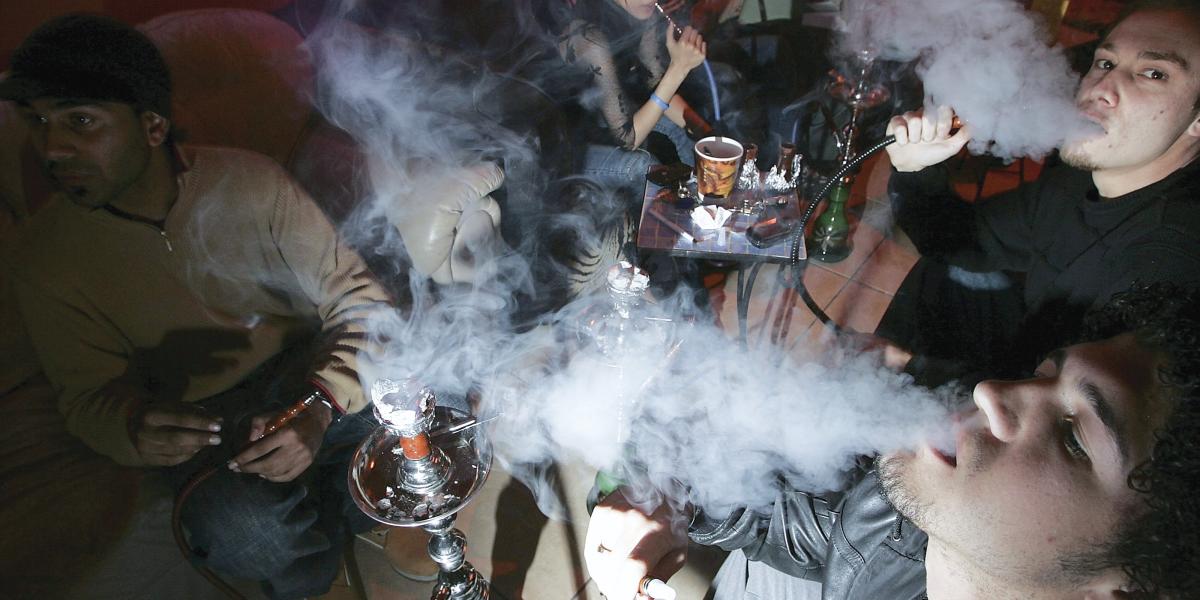Hookah Hazards
Waterpipe bars offer high levels of hipness—and carbon monoxide.
Hookah bars in the U.S. attract legions of hipsters leisurely puffing flavored tobacco through waterpipes. Many believe the cooled smoke is safer than cigarette smoke. A recent Bloomberg School study says they could be dead wrong.
“Our study found that hookahs actually create higher levels of carbon monoxide and similar levels of airborne nicotine as compared to those present in cigarette-smoke-filled bars,” says environmental health expert Patrick Breysse, PhD, MHS.
"It is possible to smoke the equivalent of a pack of cigarettes in a few hours at a hookah bar. And charcoal used in the pipes exacerbates the carbon monoxide problem."
Sampling indoor air at seven Baltimore-area hookah bars in 2011 and 2012, Breysse and his team say second-hand hookah smoke put patrons and employees at great risk. “It is possible to smoke the equivalent of a pack of cigarettes in a few hours at a hookah bar. And charcoal used in the pipes exacerbates the carbon monoxide problem,” Breysse says, adding that patrons and employees should be educated about the risks.
Breysse, Ana Navas Acien, MD, PhD '05, and colleagues are currently extending this research to hookah bars in Istanbul, Moscow and Cairo. Preliminary results show that nonsmoking employees had elevated levels of tobacco-related chemicals in their bodies, higher than those of nonsmokers in bars that allow cigarette smoking.
